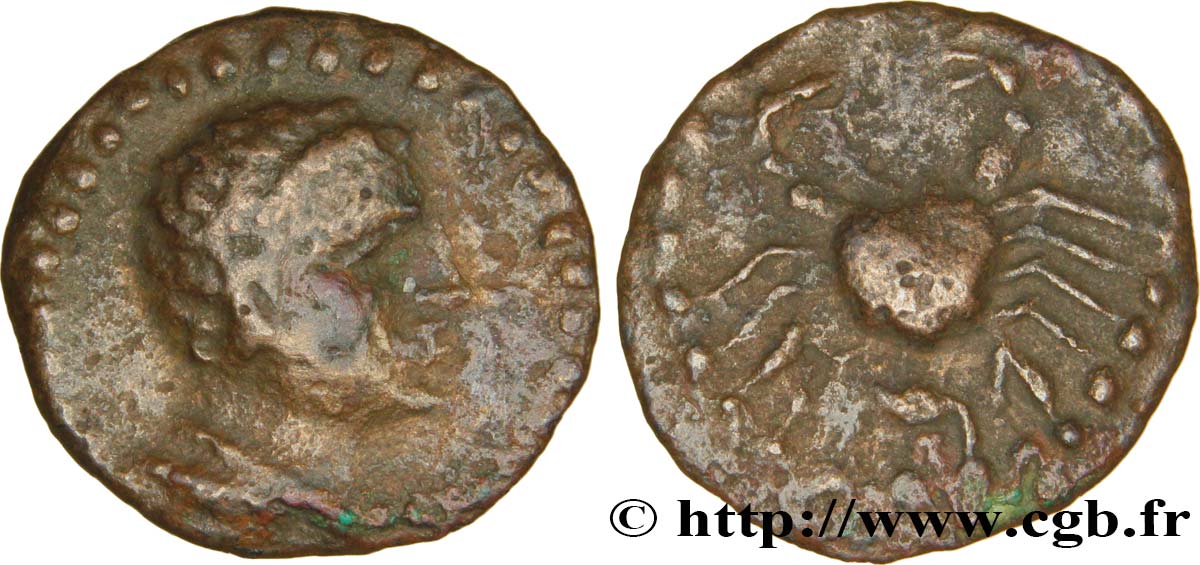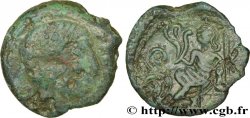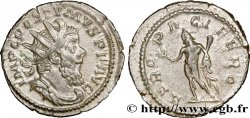E-auction 62-28848 - bgr_330616 - SICILY - MOTYA Onkia
You must signin and be an approved bidder to bid, LOGIN TO BID. Accounts are subject to approval and the approval process takes place within 48 hours. Do not wait until the day a sale closes to register. Clicking on « bid » constitutes acceptance of the terms of use of cgb.fr private e-auctions.
Bids must be placed in whole Euro amounts only. The sale will start closing at the time stated on the item description; any bids received at the site after the closing time will not be executed. Transmission times may vary and bids could be rejected if you wait until the last second. For further information ckeck the E-auctions F.A.Q.
NO BUYER'S FEE.
NO BUYER'S FEE.
| Estimate : | 125 € |
| Price : | 36 € |
| Maximum bid : | 37 € |
| End of the sale : | 23 June 2014 15:03:30 |
| bidders : | 6 bidders |
Type : Onkia
Date: c. 400-397 AC.
Mint name / Town : Motya, Sicile
Metal : copper
Diameter : 12 mm
Orientation dies : 9 h.
Weight : 1,59 g.
Rarity : R2
Coments on the condition:
Exemplaire sur un petit flan ovale et irrégulier, bien centré des deux côtés. Belle tête masculine au droit. Le crabe est bien visible au revers. Patine vert foncé
Catalogue references :
Obverse
Obverse legend : ANÉPIGRAPHE.
Obverse description : Buste masculie drapé à droite, les cheveux courts bouclés ; grènetis perlé.
Reverse
Reverse legend : CARACTÈRE PUNIQUE.
Reverse description : Crabe vu de face ; grènetis perlé.








 Report a mistake
Report a mistake Print the page
Print the page Share my selection
Share my selection Ask a question
Ask a question Consign / sell
Consign / sell










